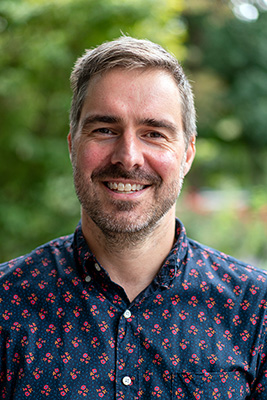Faculty Profile
Andrew Dufton
Assistant Professor of Archaeology; Christopher Roberts Chair in Archaeology (2022)Contact Information
Keck Archaeology Lab
717-245-1014
Bio
I am a Mediterranean archaeologist that studies the long-term dynamics of urban change. My research asks questions of how cities—ancient and modern—shape the daily experiences of their inhabitants, with a primary focus on the archaeology and architecture of North Africa during the Iron Age and Roman periods. I have participated in a wide array of fieldwork across the Mediterranean world at sites like the imperial villa and medieval monastery at Villa Magna (Italy), the Nabataean city of Petra (Jordan), and the Punic and Roman city of Utica (Tunisia). My work also involves a longstanding interest in the use of new digital technologies in fieldwork and the recording and sharing of archaeological data. Many of these techniques are changing the ways we think about archaeology and how we interact with local communities—I am keen to ask questions about the ethical considerations of the digital turn.
Education
- B.A., McGill University, 2003
- M. Sc. Institute of Archaeology, University College London, 2005
- Ph.D. Joukowsky Institute for Archaeology and the Ancient World, Brown University, 2017
